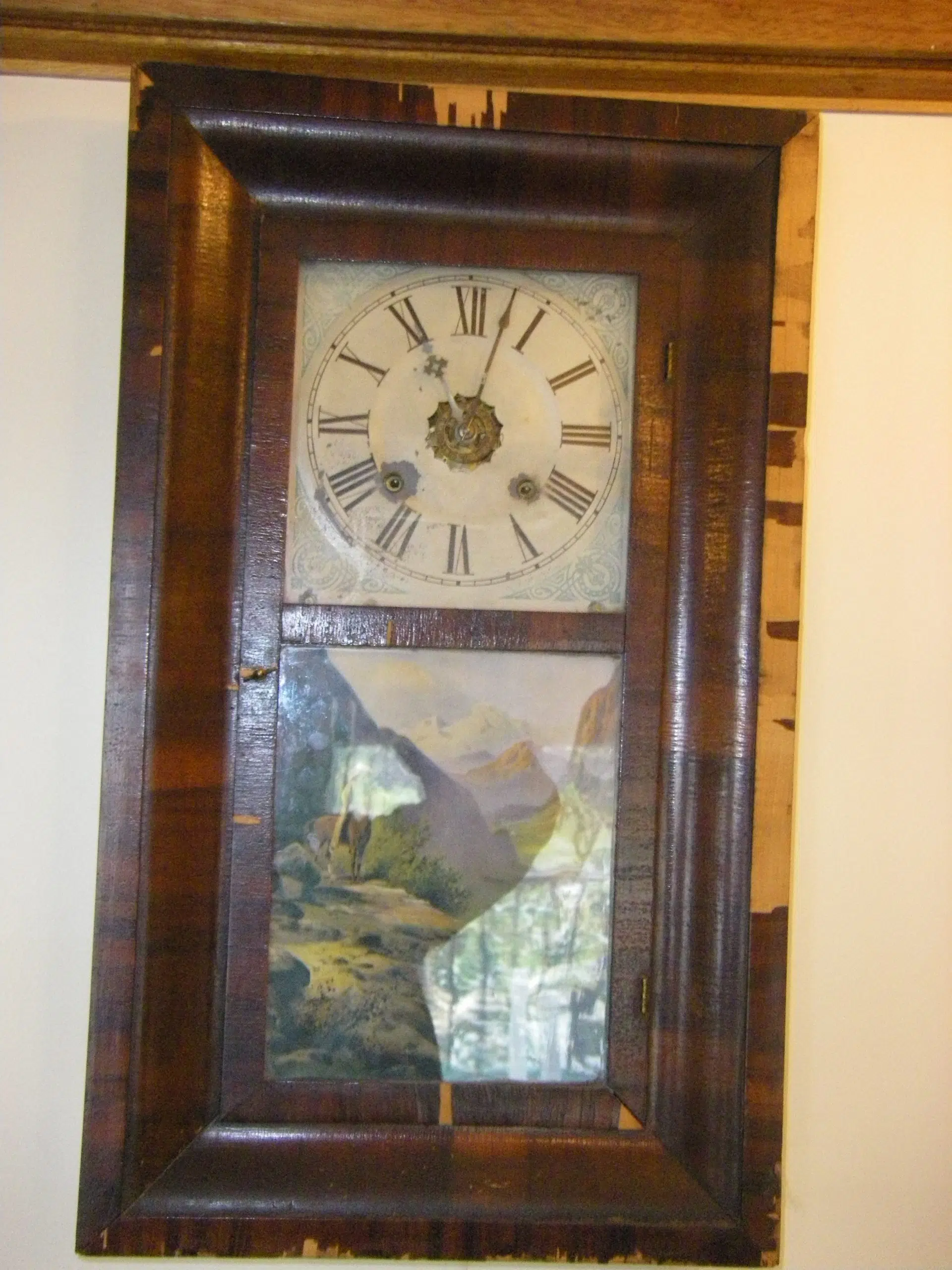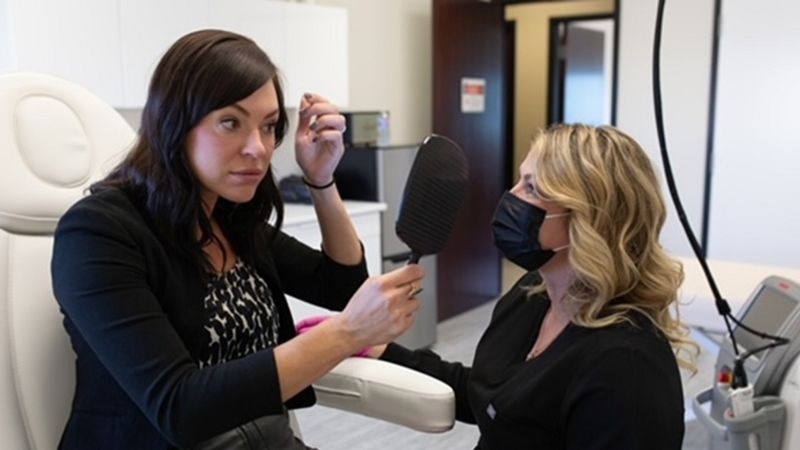
Tick Tock
Tick Tock by Allison McQueen
Within the Historic Museum’s Tea Room we have an interesting old clock.
The clock hangs on the wall, unassumingly ticking out the hours of the day and dutifully marking off the passing of each hour. The clock’s decorated face oversees all the visitors to the Tea Room and the image on it’s chest make all who see it imagine a far off land.
One morning, while setting up the tea room for another day of business I realized that the clock had ceased its ticking.


